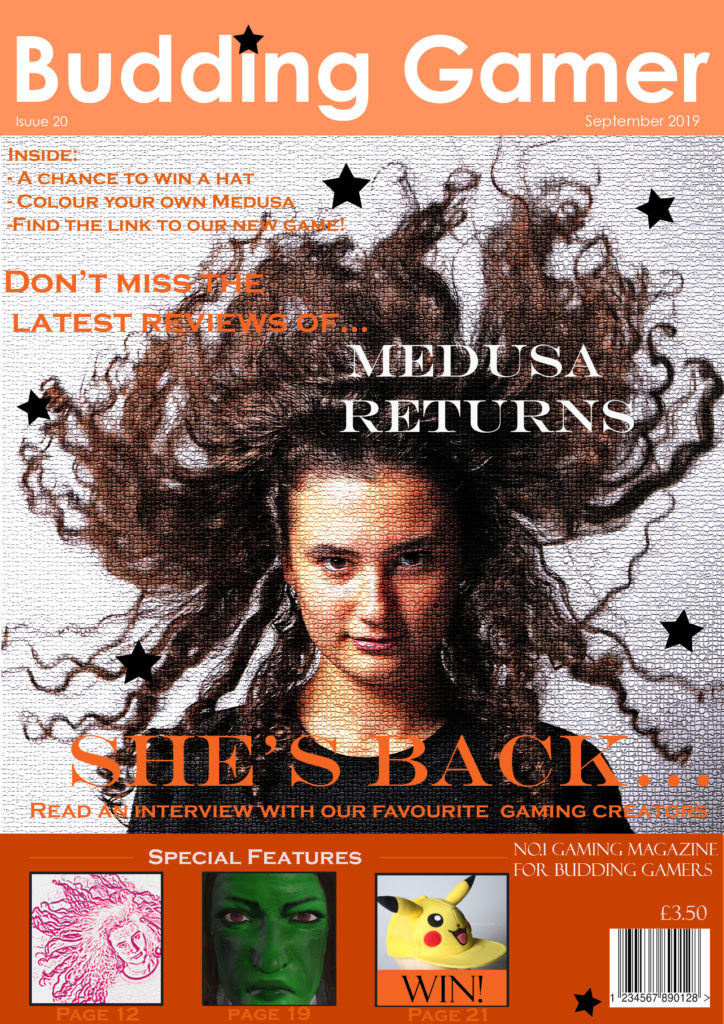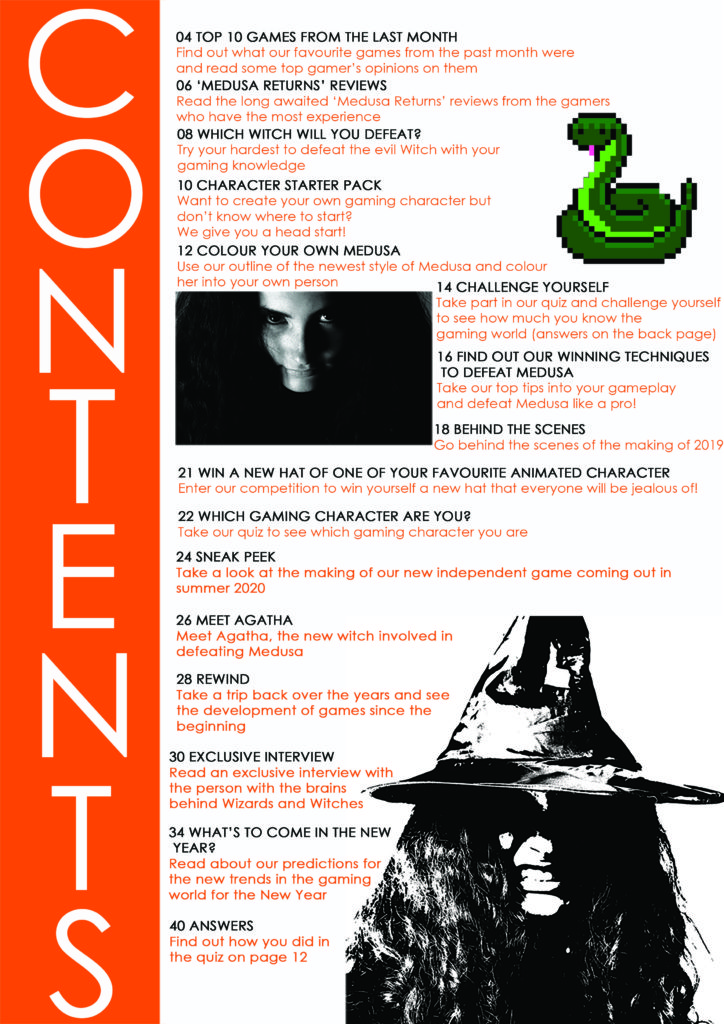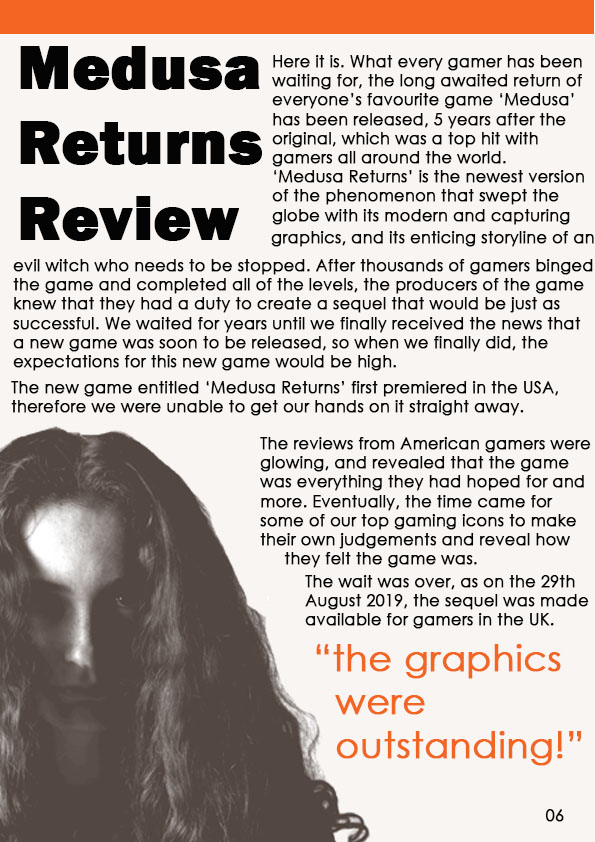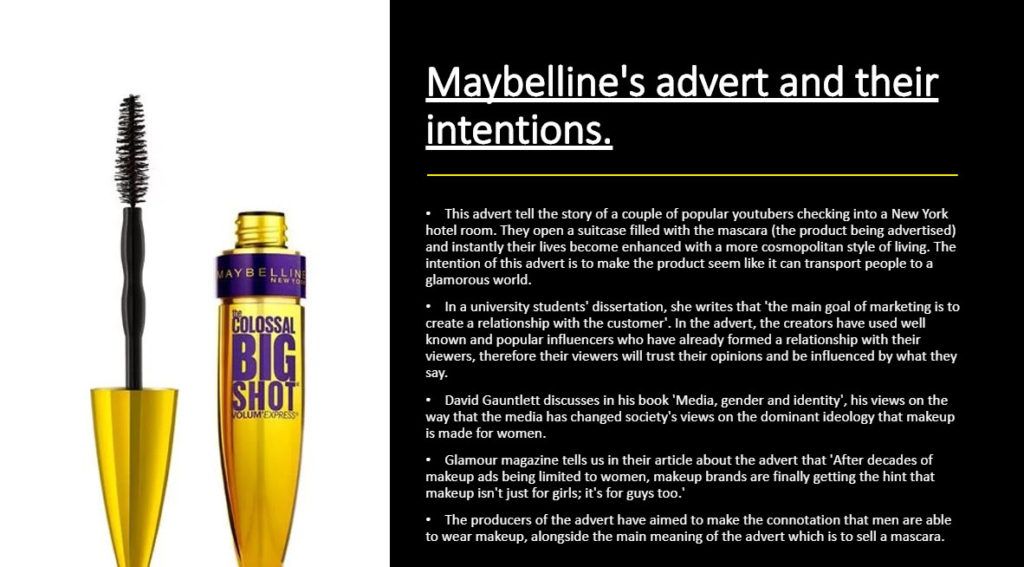A conglomerate is a combination of lots of different companies owned by one big company. Some people are against this because they believe that then people are actually just being fed the same media because it has all been made by the same people and could then be seen as untrustworthy. Hidden Figures was made by Fox 2000.
The film Hidden Figures spent more money on promotion than they did on production, simply because the film is not based off of a well known story or book, therefore they had to spend more money on promotion to make sure they got people into the cinemas.
Success – Hidden Figures managed to earn $22.8 million in its first opening weekend, showing that there was a large market for this sort of story, involving the issues surrounding racism and sexism in the 1960’s.
The film was put up for 3 Oscars (Best Picture, Best Adapted Screenplay, and Best Supporting Actress) but did not win any of these. It did, however, win awards such as the Screen Actors Guild Award for Outstanding Performance by a Cast in a Motion Picture and many more.
Domestically, Hidden Figures was the highest-grossing Best Picture nominee at the 89th Academy Awards
‘it’s hard to dislike.‘ – Simran Hans
The Guardian
‘Essentially Parabolas & Prejudice, it isn’t the most nuanced piece of work out this month. But nuance be damned — an uplifting plea for equality, this is a story calibrated for maximum effect.‘ – Nick de Semlyen
Empire
‘feel-good biographical drama that teaches audiences about a little-known aspect of NASA’s history.‘ – Sandie Angulo Chen
Common Sense Media
Budget- the budget for this film was 25 million US dollars.
Director – Theodore Melfi
I think that this film would have appealed to Fox because the film is touching on real life issues. Other films based on similar topics had been a success in the past. Low budget films are seen to sometimes have high success therefore, Fox would be likely to be interested.
Audiences enjoy real-life issues like this so they knew it would be a hit. Famous actors such as Jim Parsons and Octavia Spencer star in the film. Producers would have known that these actors would attract audiences for their performances in other hits. For example, Jim Parsons in ‘The Big Bang Theory’ and Octavia Spencer in ‘The Help’.
Distribution techniques = focusing on traditional distribution of media looking at target audiences.
Key words:
- Media concentration / Conglomerates = concentration in the mass media is when lots of small productions are owned by a few big corporations. The increasing concentration is due to buyouts.
- Globalisation (in terms of media ownership) = Globalisation refers to the way in which, in contemporary society, distant countries are inter-related and connected together by trade communication and cultural experiences
- Vertical Integration = This is when the production company has the ownership of the means of production, distribution and exhibition of the film by the same company, because of this they receive all of the profit
- Horizontal Integration = This is where a production company expands into other areas of one industry.
- Gatekeepers = they craft and construct what is published
- Regulation = rules enforced by the jurisdiction of law. This regulation, via law, rules or procedures, can have various goals, for example intervention to protect a stated “public interest”.
- Deregulation = a process in which a government removes controls and rules about how newspapers, television channels, etc. are owned and controlled: Critics of media deregulation say it can give too much power to individuals who own many forms of mass media.
- Monopoly = when one company owns lots of smaller companies.
Fox 2000:
Fox 2000 Pictures is an American production company owned by The Walt Disney Studios. It is a sister studio of the larger 20th Century Fox, specializing in producing independent films in mid-range releases that largely targeted underserved groups. They release films such as Hidden Figures that are independent and a little bit more risky. They have a lot of money, therefore, a small budget like 25 million dollars is not much and if the film was to not be a success, it wouldn’t matter too much.
Marley & Me is the largest Fox 2000 commercial success with a record for the largest Christmas Day box office ever with $14.75 million in ticket sales.[5] The division’s highest-grossing film was Life of Pi (2012) with $609 million.
The division is currently set to shut down on May 15, 2020 due to The Woman in the Window getting delayed to that year.











